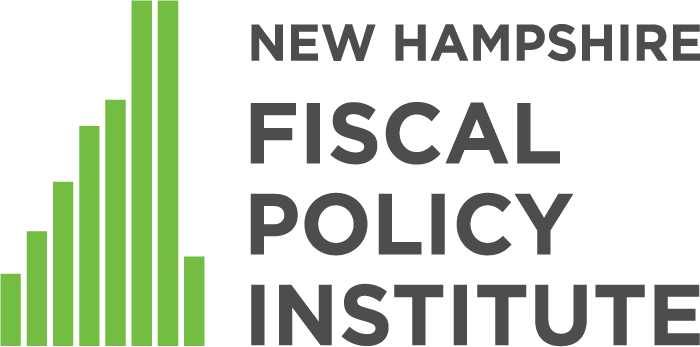Grandparents play an essential role in the lives of thousands of New Hampshire children. New NHFPI analysis of 2023 data shows that about 17,500 Granite State kids — that’s 7% of all NH children — live in “grandfamilies,” with many grandparents providing primary care despite lower household incomes and higher rates of disability. Discover the data on how Nanas, Poppys, Yia Yias, Bubbes, and countless others are supporting the next generation in New Hampshire.
Food insecurity in New Hampshire is rising…again. After the COVID-19 pandemic aid briefly lowered hunger rates, food insecurity has rebounded to pre-pandemic levels, with more than 42,000 Granite State households struggling to afford enough to eat. The effects are far-reaching, ranging from health challenges to educational setbacks for children. A new analysis from the New ...
On the last Friday of each month, the New Hampshire Fiscal Policy Institute’s research team shares a curated list of books, research papers, podcasts, and more that are helping to shape our understanding of the economic wellbeing of the Granite State and beyond. Here are our picks for August 2025.
This NHFPI analysis by Jessica Williams finds that New Hampshire’s single-family market is showing signs of cooling after years of rapid growth.
This NHFPI analysis highlights how local context, particularly geographic and socioeconomic differences, can shape more effective public education funding policies in New Hampshire.
Reliance on lottery funds, a relatively volatile revenue source, to support K-12 education in the state can create some uncertainty for budgeting. While additional equity concerns warrant more conversations about the strengths and weakness of this increasing source of state revenue.
